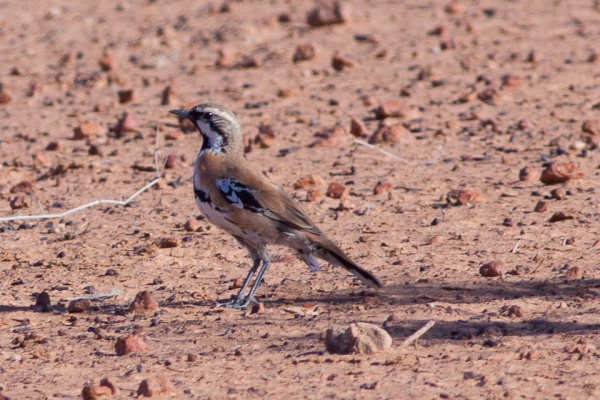Facts About Cinnamon quail-thrush
The cinnamon quail-thrush is a captivating bird native to Australia, thriving particularly in the arid and semi-arid regions of central Australia. Part of the Psophodidae family, this small to medium-sized bird falls under the quail-thrushes genus, Cinclosoma.
The male cinnamon quail-thrush is quite striking, characterized by a white eyebrow, black face, and cinnamon-rufous upperparts adorned with various markings. Females possess similar features but are generally duller in color. Juveniles resemble the adults but may lack the distinct markings seen in mature males.
These birds are ground foragers, meaning they search for food on the ground, primarily consuming a mix of invertebrates and seeds from both native and introduced plants. They breed between July and August, constructing nests in ground depressions lined with bark, grass, or sticks.
Unfortunately, the cinnamon quail-thrush population is believed to be gradually declining, mainly due to habitat degradation caused by livestock and introduced herbivores. Despite this, they are currently classified as "Least Concern" on the IUCN Red List of Threatened Species.
These birds can be found across a wide range in Australia, including southwest Queensland, northwest New South Wales, northeastern South Australia, and the southeast of the Northern Territory. They prefer dry, stony areas near creek beds. When startled, these birds tend to run or squat rather than take flight. They are also known for their distinctive high-pitched, slightly hissing call.
There is no evidence to suggest that cinnamon quail-thrushes undertake large-scale seasonal movements or migrations. While habitat degradation poses a threat, their exact population status is not well-documented, which accounts for their current listing as "Least Concern."
